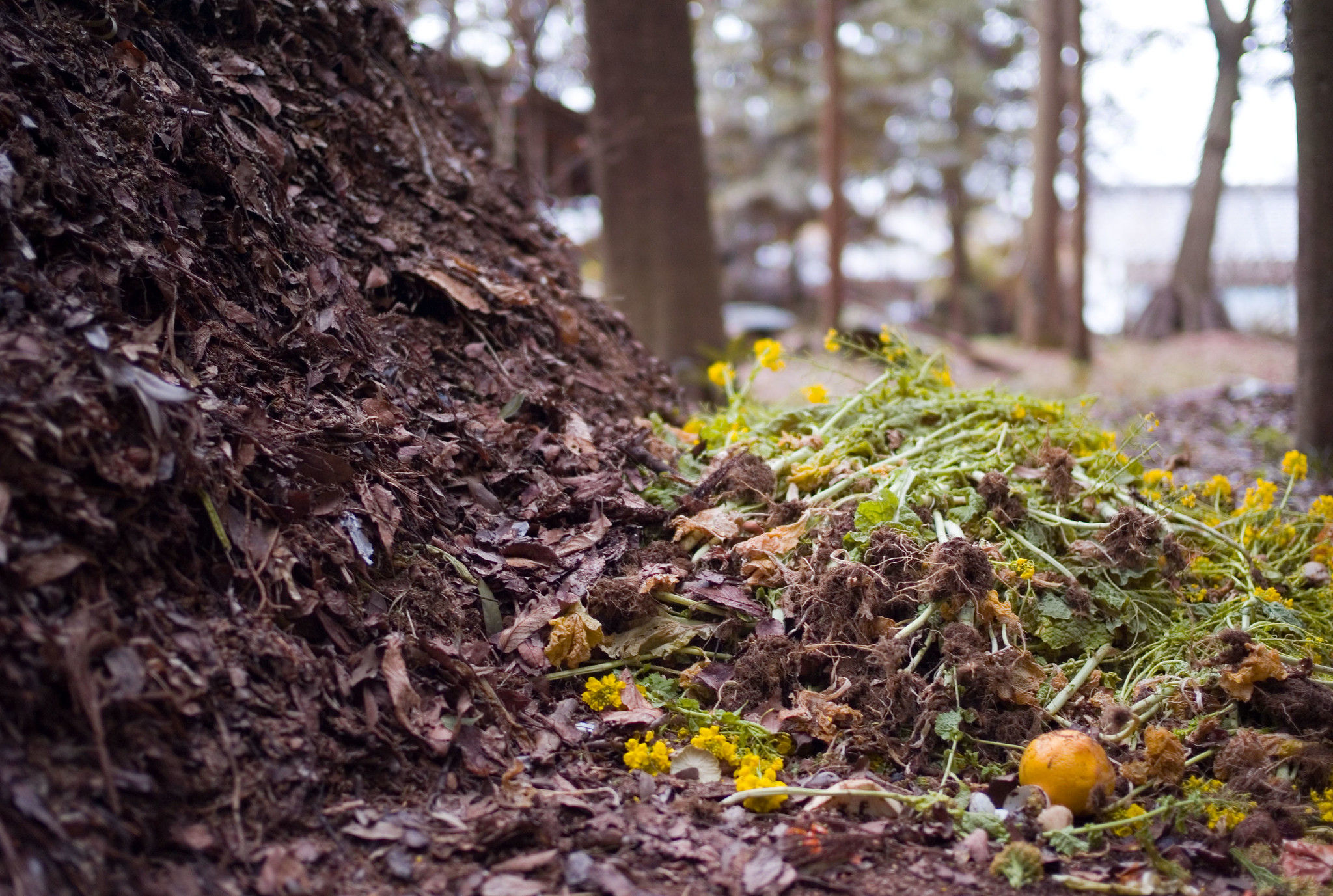Gardening 101: When to Use Compost, Fertilizer, and Mulch

It’s spring, time to finally start working in the garden! But it’s important to understand what your garden needs before placing that order or going to the local nursery.
Photograph by Joi Ito via Flickr.
When to use compost?
If you do nothing else to improve your soil, add compost.
Compost is used to restore nutrients and improve soil structure. You can add compost to your garden beds ahead of planting.
If you’re a minimalist gardener, compost is the single-most important thing you can add to your soil—and when it’s used as top dressing, it can even double-duty as mulch and suppress weeds.
A DIY organic fertilizer for plants: coffee grounds.
When to use fertilizer?
When should you use fertilizer? After you get the results back from the soil test you had done at your cooperative extension office. Perhaps your plants don’t need any fertilizer at all. Once you know what your soil needs, you can add the correct fertilizer. More can lead to unhealthy growth.
When to use mulch?
Photograph by Justine Hand, from 5 Things Nobody Tells You About Mulch.
Mulch is used to keep weeds down, retain moisture, and moderate soil temperature. Mulch should be added in mid-spring after the soil starts to warm.
Plant-based mulch should be applied to a depth of two to three inches and kept four to six inches away from the base of trees and shrubs to avoid trapping moisture against the base of the plant.